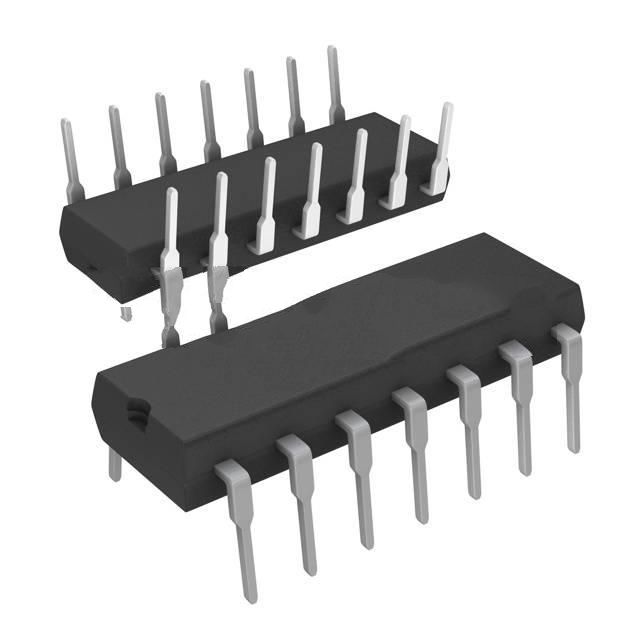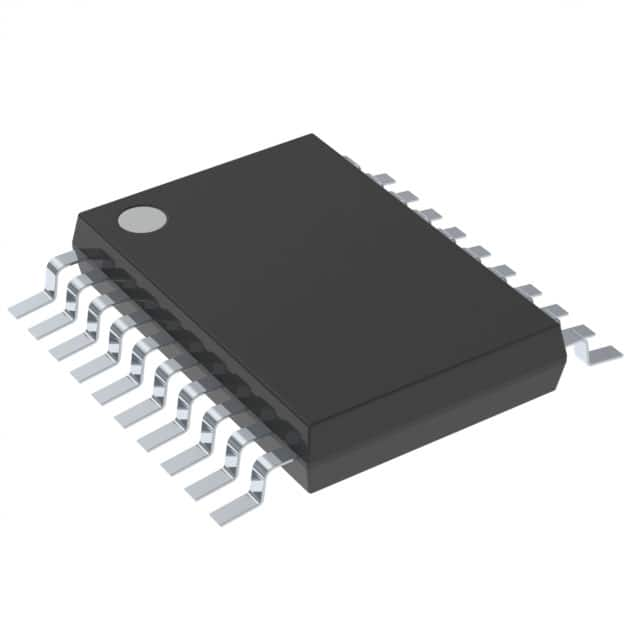Toshiba Semiconductor and Storage TC74HC139APF
- TC74HC139APF
- Toshiba Semiconductor and Storage
- IC DECODER/DEMUX 1X2:4 16DIP
- Logic - Signal Switches, Multiplexers, Decoders
- TC74HC139APF Datasheet
- 16-DIP (0.300\", 7.62mm)
- Tape & Reel (TR)
-
 Lead free / RoHS Compliant
Lead free / RoHS Compliant - 20372
- Spot Inventory / Athorized Dstributor / Factory Excess Stock
- 1 year quality assurance 》
- Click to get rates
| Part Number TC74HC139APF |
| Category Logic - Signal Switches, Multiplexers, Decoders |
| Manufacturer Toshiba Semiconductor and Storage |
| Description IC DECODER/DEMUX 1X2:4 16DIP |
| Package Tape & Reel (TR) |
| Series 74HC |
| Type Decoder/Demultiplexer |
| Voltage - Supply 2V ~ 6V |
| Operating Temperature -40°C ~ 85°C |
| Mounting Type Through Hole |
| Package / Case 16-DIP (0.300\", 7.62mm) |
| Supplier Device Package 16-DIP |
| Voltage Supply Source Single Supply |
| Circuit 1 x 2:4 |
| Current - Output High, Low 5.2mA, 5.2mA |
| Independent Circuits 2 |
| Package_case 16-DIP (0.300\", 7.62mm) |
TC74HC139APF Guarantees



• Prompt Responsiveness
• Guaranteed Quality
• Global Access
• Competitive Market Price
• One-Stop support services of supply chain
Jinftry, Your most trustworthy component supplier, welcome to send us the inquiry, thank you!
Do you have any questions about TC74HC139APF ?
Feel free to contact us:
+86-755-82518276
+8615019224070, annies65, +8615118125813
568248857, 827259012, 316249462
+8615019224070, +8615118118839, +8615118125813
( Email first will be appreciative )
Customer reviews
Toshiba Semiconductor and Storage

Toshiba Semiconductor and Storage - Toshiba Semiconductor & Storage offers a broad range of enabling technology solutions that allow OEMs, ODMs, CMs and fabless chip companies to develop advanced integrated products for the computing, ...
TC74VHC139FTELM
IC DECODER/DEMUX 2X2:4 16TSSOP
74HC151D
IC DECODER/DEMUX 2X2:4 16TSSOP
74HC139D
IC DECODER/DEMUX 2X2:4 16TSSOP
74HC138D
IC DECODER/DEMUX 2X2:4 16TSSOP
TC7WPB9306FK,LF(CT
IC DECODER/DEMUX 2X2:4 16TSSOP
TC7MPB9327FT(EL)
IC DECODER/DEMUX 2X2:4 16TSSOP
TC7MPB9326FT(EL)
IC DECODER/DEMUX 2X2:4 16TSSOP
TC7W66FK,LF
IC DECODER/DEMUX 2X2:4 16TSSOP



















